Michel Couvreur: a Belgian making Sensational Whisky in France
by Ken Gargett
A Belgian making Scotch in France. Sounds a bit like a riddle, but it is not. In recent years, the whiskies of Michel Couvreur have taken hold in the consciousness of malt fans, but it was not always that way.
The first time I heard mention of Michel Couvreur was in Barcelona, when talking to the young French sommelier at the fabled Mugaritz restaurant, fifteen or twenty years ago. I’d been keen to get there for a while and it was everything that was advertized – we enjoyed a brilliant meal, but there are many amazing Spanish restaurants which can provide that.
This one was incredibly innovative but even more so, where it soared was in the matching of food and wine. I should say, matching food and beverages, as they go way beyond just wine. A dish might be matched with anything from wine, spirits, tea, even water.
The last time I heard of our young hero, he was working at a small seafood establishment on the Spanish North Atlantic, which had, no surprise here, become a cult destination (name of him and it escapes me).

Michel Couvreur whiskies
It would be understandable if at this stage, you are thinking that one of the Couvreur whiskies was matched with one of the dishes, but that did not happen. At the end of the evening, the sommelier and I were chatting away – a fascinating discussion of what to match with cigars as part of it. He mentioned the whiskies of Michel Couvreur, a producer unknown to me.
I’ll admit, I was rather skeptical when he said that these were whiskies being made in France, but he assured me that they were emerging stars. Our somm was from Burgundy and so was Couvreur. He gave me the name of the village – how hard could it be to track down a distillery in a small French village – and suggested I try for a visit.
————————————————————————————————————–
—————————————————————————————————–
As it happens, I was heading to France, specifically Champagne and Burgundy, to catch up with a friend to visit some wineries. We decided to give Michel Couvreur a crack.
Seriously, the village was about the size of two or three football fields. How hard could it be to find the place? We drove all over it. We asked people – blank looks only. Eventually, we gave up. That evening, we tried ringing the place and we were assured that yes, they were in the village and they would be delighted to see us, which was very kind of them. We even had an address.
So, during a break between wineries the following day, back we went. Suffice it to say, success was as ephemeral as the day before. Not even the address helped. Back to the phones. This time we got a description of the place (although almost the entire village was stone buildings covered in ivy). Finally, we found it.
And what a thoroughly enjoyable and interesting visit it was.

Michel Couvreur
But first…
Michel was born in Belgium and worked in the wine industry. This led to a move to Burgundy in the 1950s. From there, he would often travel around Europe on behalf of his wineries. He quickly came to consider Scotland a favorite destination.
Michel was a keen fisherman and hunter and enjoyed the opportunities for both that Scotland offered. So much so that, in 1964, he moved there and took up employment in the whisky industry.
Michel quickly realized that he had a preference for great malts aged in Sherry barrels, especially PX, but this was an era when whisky was not as popular as today. Some distilleries were closing and others finding ways to cut costs. Part of that for some was forgoing the use of these barrels for cheaper materials.
—————————————————————————————————–
—————————————————————————————————–
In 1978, Michel made the decision to move back to Burgundy, but rather than rejoining the wine industry, he set up a malt whisky operation in his little village, the wonderfully named Bouze-Iès-Beaune.
At his place, behind those stone, ivy-draped walls, there is some 150 meters/500 feet of tunnels with natural springs, adding to the humidity, once used as a cellar for wine, full of barrels of whisky maturing away.
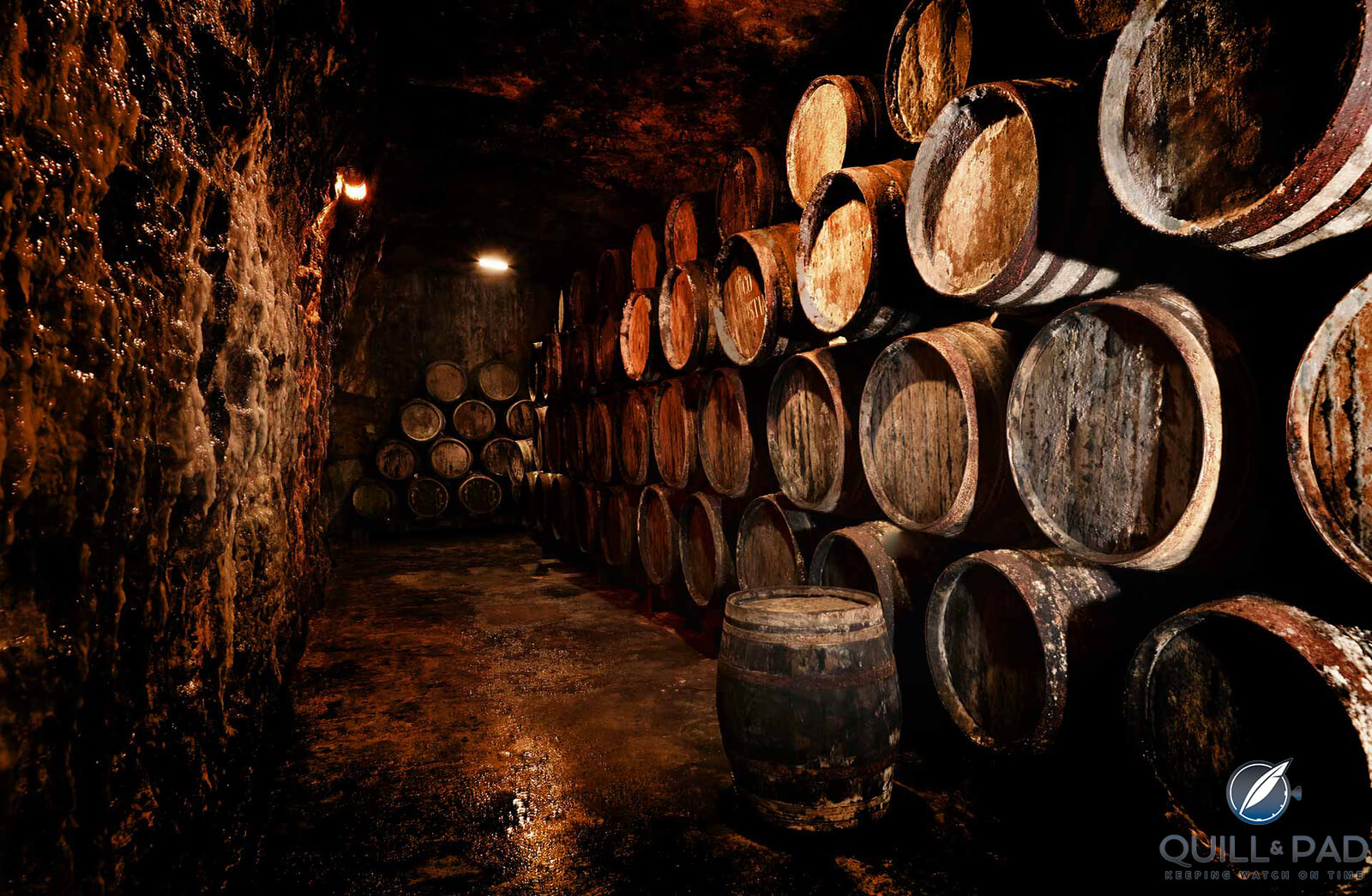
Whisky barrels in the Michel Couvreur cellar
Couvreur included wine casks along with his Sherry barrels, some of which were more than a century old. One of the reasons that he chose Burgundy was that it placed him largely halfway between Scotland, from where he would source whiskies, and Jerez, from where he would get his barrels.
Sadly, Michel passed away in 2013.
At the time of our visit, we were shown around by Michel’s son-in-law, Cyrille Deschamps. A wonderful visit, through the humidity-infused tunnels (as a Queenslander, humidity is almost second nature) and then a brilliant tasting of the various malts.
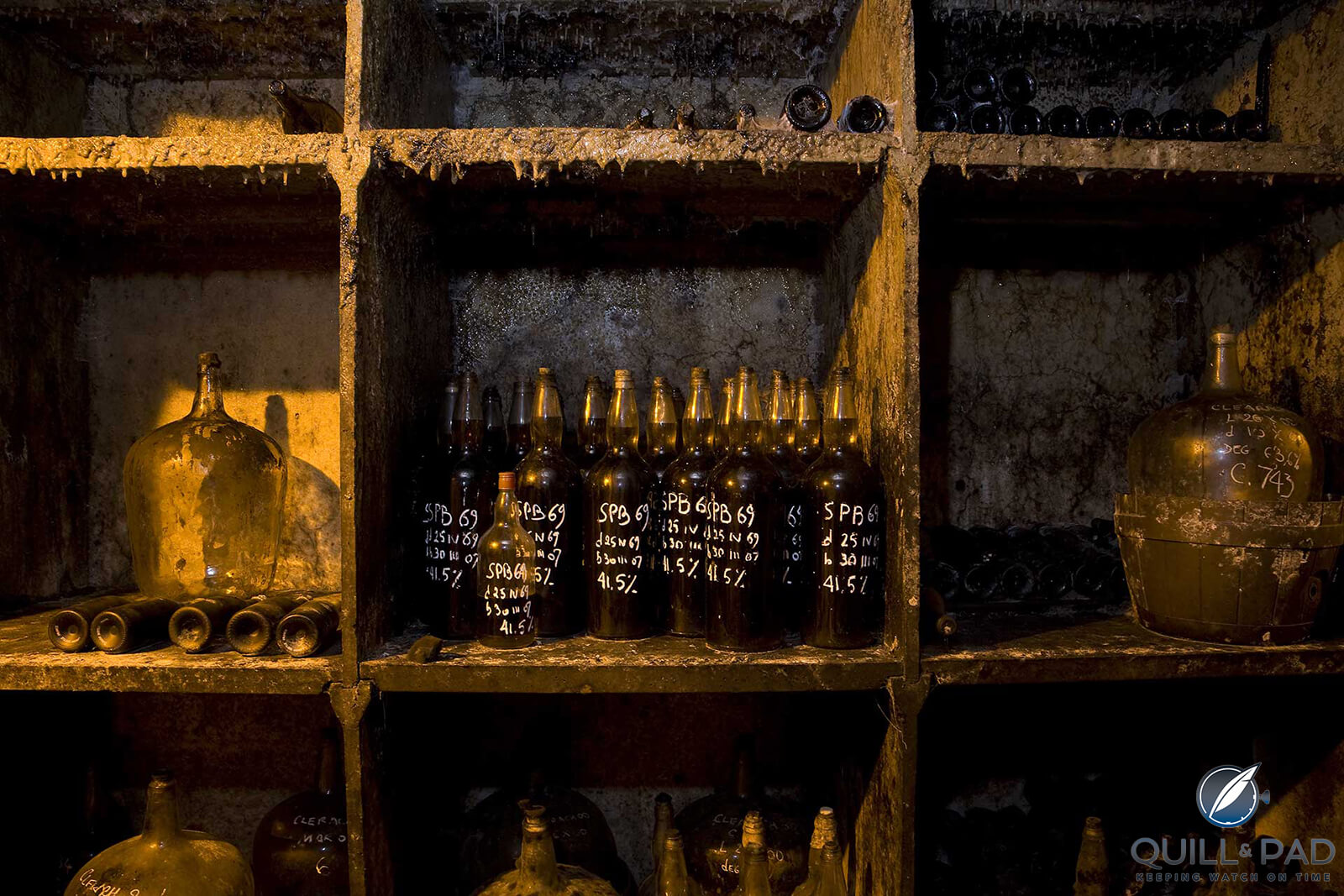
Whisky bottle in the Michel Couvreur cellar
The current cellar master is Jean-Arnaud Frantzen. While they source whiskies from Scotland, the blending and bottling takes place in France. Annual production is only around 50,000 bottles.
—————————————————————————————————–
—————————————————————————————————–
As we neared the conclusion of our visit, Michel himself appeared. When he heard that he had a couple of Aussies in the house, he had dug out some old records from the late 60s/early 70s – the accounts and ledgers, containing the records of all whiskies bought and sold.
Michel thought we might be interested to see the details of one of his best customers (although at the time, he had not heard from them for a few years).
The records revealed annual shipments to an Australian who purchased serious quantities of the Couvreur whiskies. What was truly fascinating was that the address for this gentleman was care of the Cooktown Post Office. Michel had never been able to get any more information on his customer than that. Just the annual order.
Now, unless you are familiar with Cooktown, it is a little hard to explain it. Located in far north Queensland, in tropical rainforest country, this is one of those places where you do not swim in the creeks unless you wish to feed the local crocodiles. Around 140 years ago, Cooktown had a population of almost 100,000 people and 90 pubs at which the locals could drink.
Cooktown was a frontier gold mining town. The closest capital city is Brisbane, both are in Queensland. To give some perspective, they are over 2,000 kilometers apart. So twice the distance from London to Madrid and even considerably further than London to Moscow.
When the gold ran out, the population crashed to around 7,000 and half the pubs closed. Soon after, it was under 3,000 people and it has remained around 2,000 to 3,000 ever since. There are only two or three pubs left.
So how on earth a local knew of Michel’s whiskies back in the 1970s is anyone’s guess.
We speculated that perhaps it was the owner of a large outback cattle station and he only came into Cooktown once a year to collect mail and other joys. Could it have been an old hermit living on a Barrier Reef Island who made the mainland only once annually?
Did the local pub put in an order regularly, although it was a little hard to imagine them serving large quantities of Michel Couvreur Whisky across the bar back in the 70s.
Perhaps it was a couple living on their yacht, traveling the world and dropping by once a year to collect necessary supplies.
We could only speculate as no one had any idea, though I would have loved to know.
These days, the whiskies are much easier to find. You do not have to go to Cooktown, though we’d never discourage a visit. The range is quite extensive. Here are a few stars, though no doubt you’ll find others that appeal. Enjoy the search.
—————————————————————————————————–
—————————————————————————————————–
Michel Couvreur Whiskies
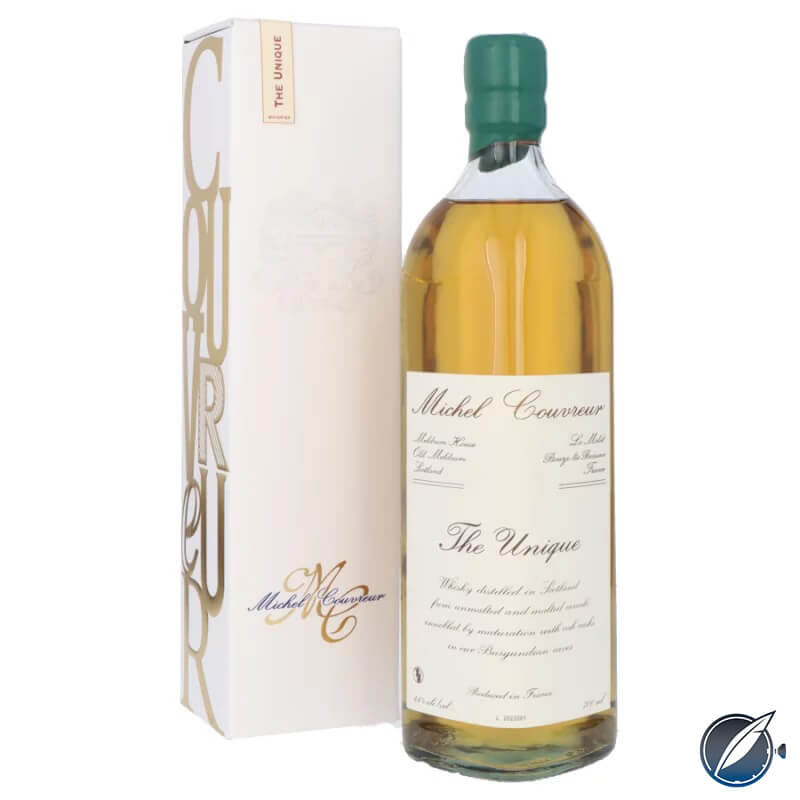
The Unique whisky by Michel Couvreur
The Unique – 44%, maturation began in Scotland for this whisky which is a mix of malted and unmalted. After four years, it was reduced with Pentland Hills water. Maturation was completed in France, in small Sherry casks. Look for notes of peaches, brine and sea breezes, nuts, orange blossoms and a very gentle smokiness, with the florals moving to the fore. Plenty of length here.

L’Oubli by Michel Couvreur
L’oubli – A single malt from 2009, which spent time in Fino Sherry casks and then finished in wine vats. Those vats had previously been home to a Mauzac, a La Vigne de l’Oubli from Southwest France. 43.4%. Much deeper in color, this offered aromas of pears, even crisp apples. Some serious complexity here and a real biscuity note. Ginger and even a flick of lemongrass. Lots to love here.
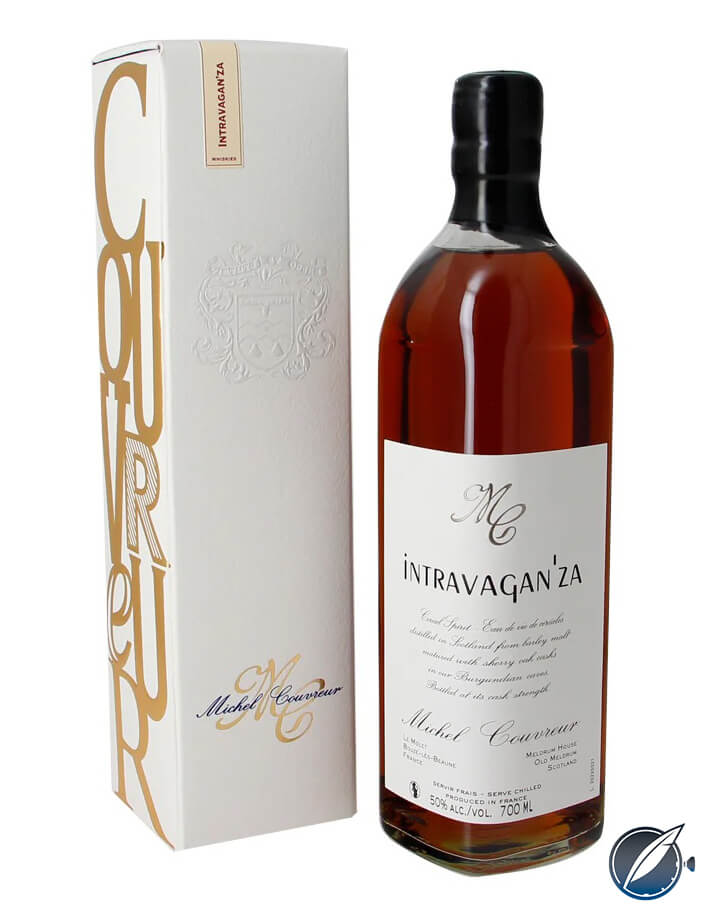
Intravagan’za whisky by Michel Couvreur
Intravagan’za – 50% in strength, cask strength, this spent three years maturing in a mix of Moscatel and Oloroso casks. It is a golden bronze in color. There is a richness here with notes of honey, caramel, vanilla and oatmeal. Lovely mellow style with impeccable balance, such that gives little indication of its actual strength.

Overaged Malt whisky by Michel Couvreur
Overaged Malt – This is seen by many as the flagship of the Couvreur range. It is a blend of single malts between twelve and twenty-seven years of age, much of which was spent in Pedro Ximenez casks. 43%. Made by way of double distillation. This is a complex, rich and brilliantly balanced whisky. Sea breezes, cigar boxes, almonds, florals, mild cocoa powder notes, a hint of smoke and much more. A must try whisky.
For more information. Please visit https://michelcouvreur-whisky.com/en/
You might also enjoy:
Chivas Regal Ultis XX: A Blended Whisky to Rival Great Single Malts
In Praise of Great Mezcal: All Tequila is Mezcal, But Not All Mezcal is Tequila (and Avoid the Worm)
Yamazaki 12-Year-Old Japanese Whisky: Why Pricing has Gone Through the Roof
Diageo ‘Elusive Expressions’ Special Release Whiskies
Leave a Reply
Want to join the discussion?Feel free to contribute!

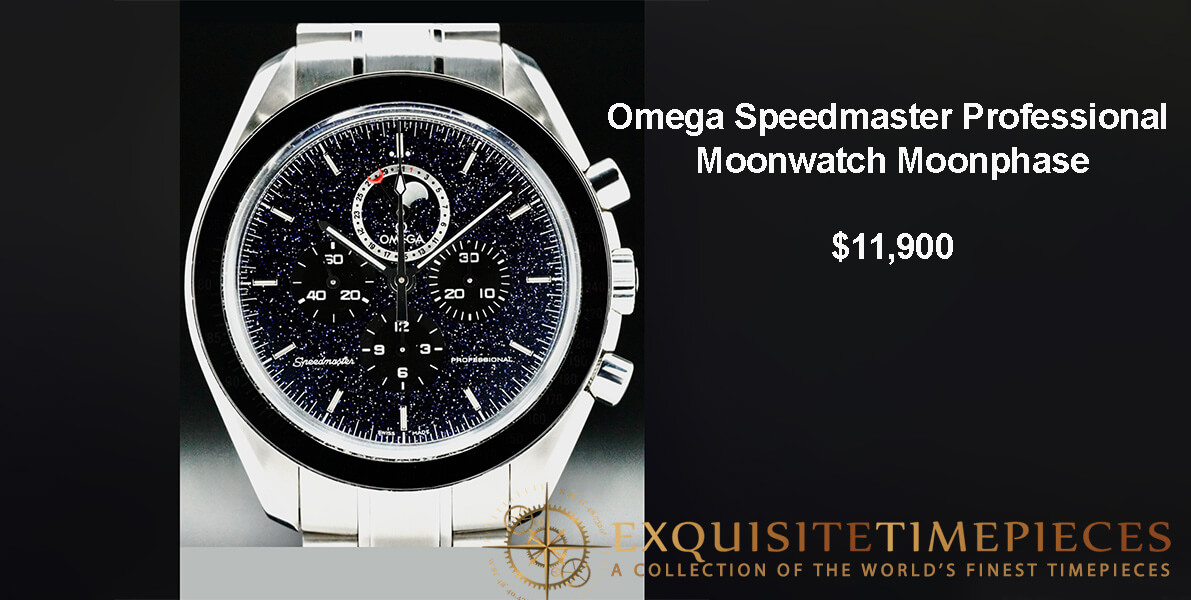
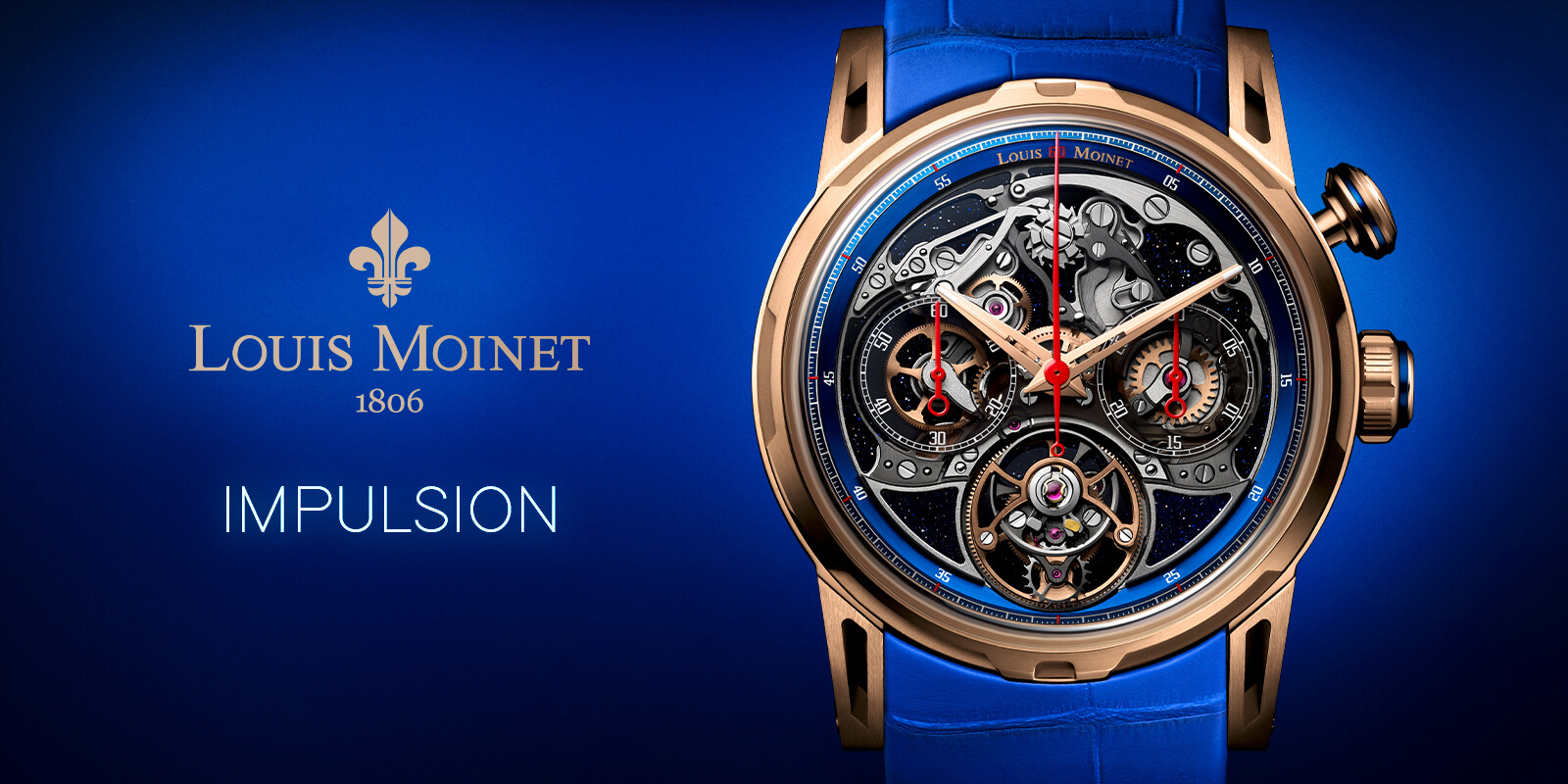
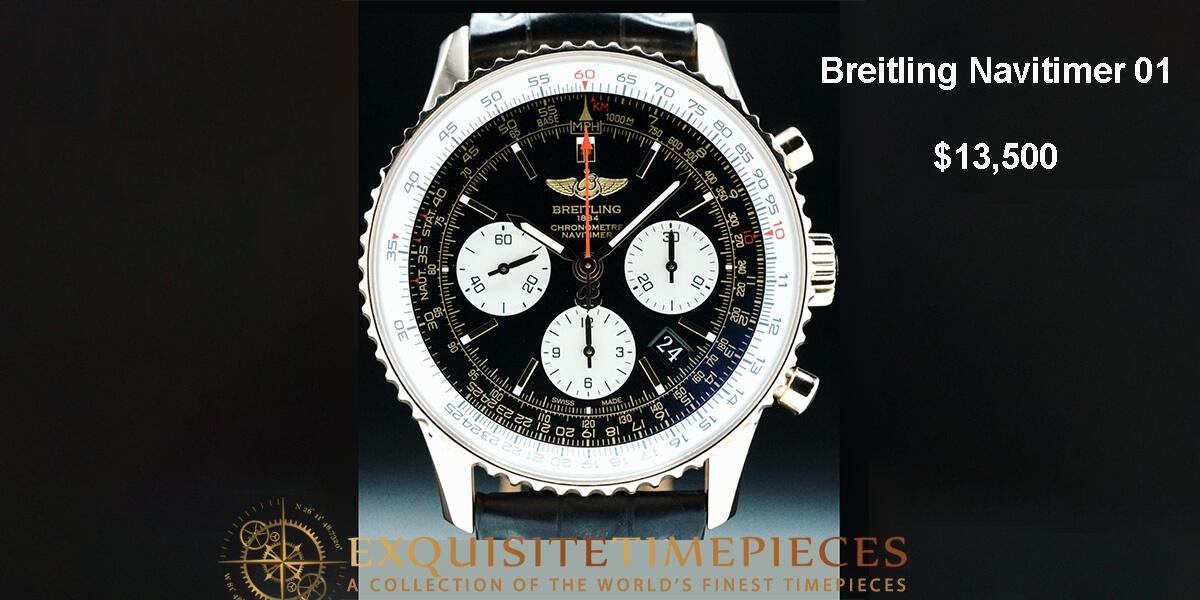
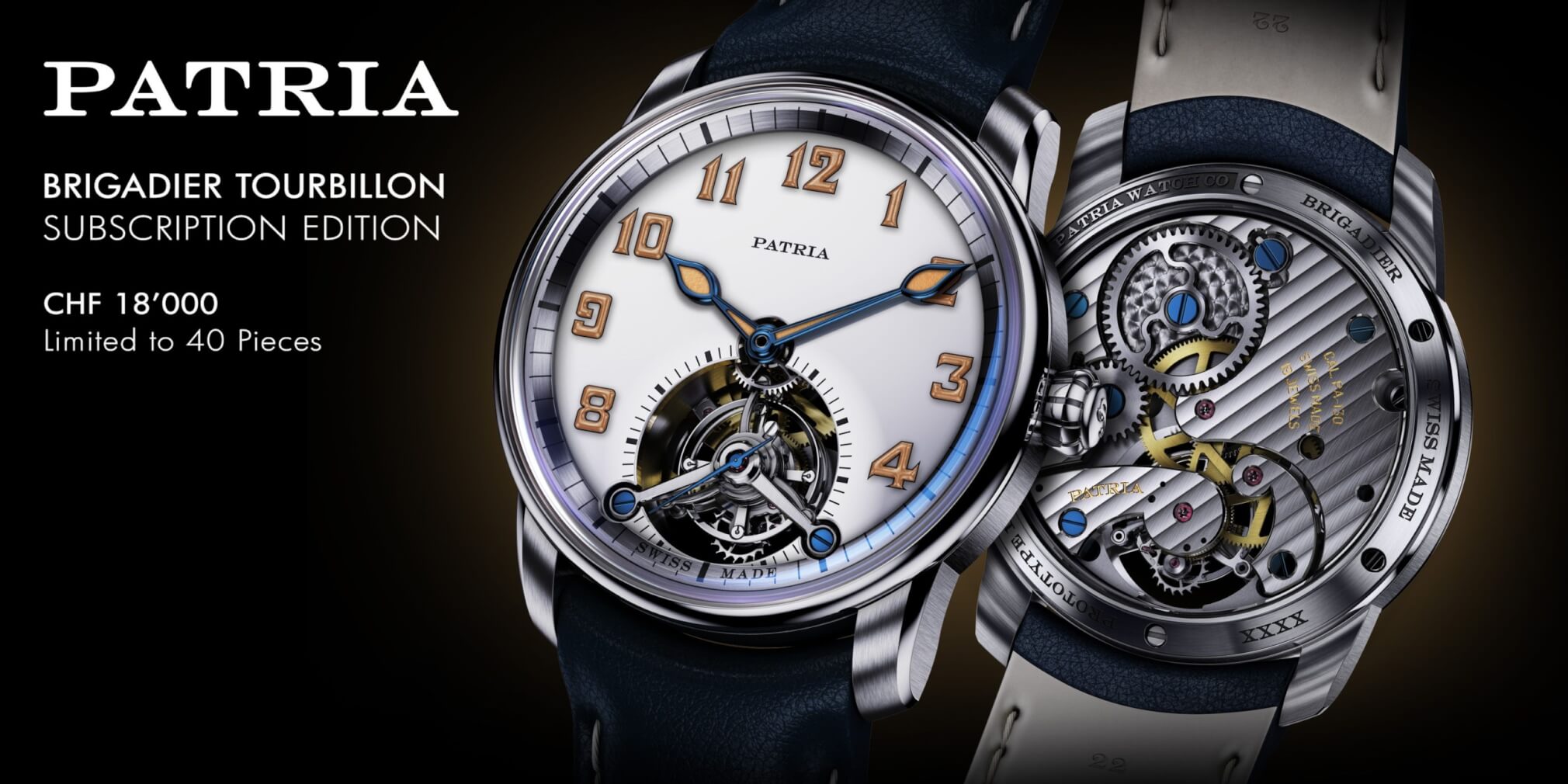
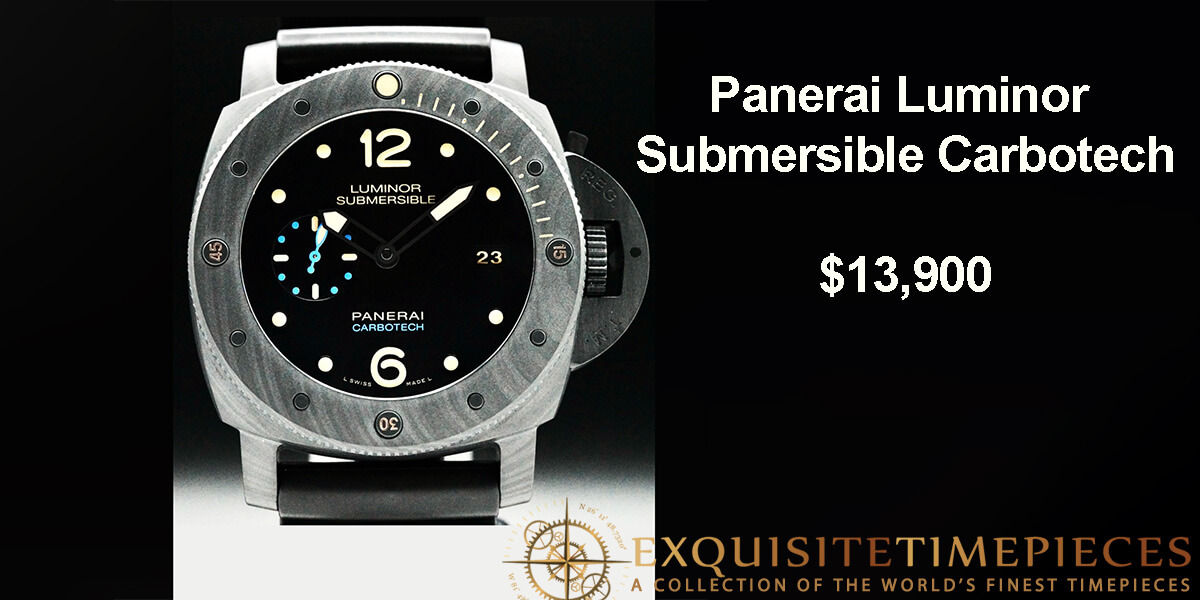
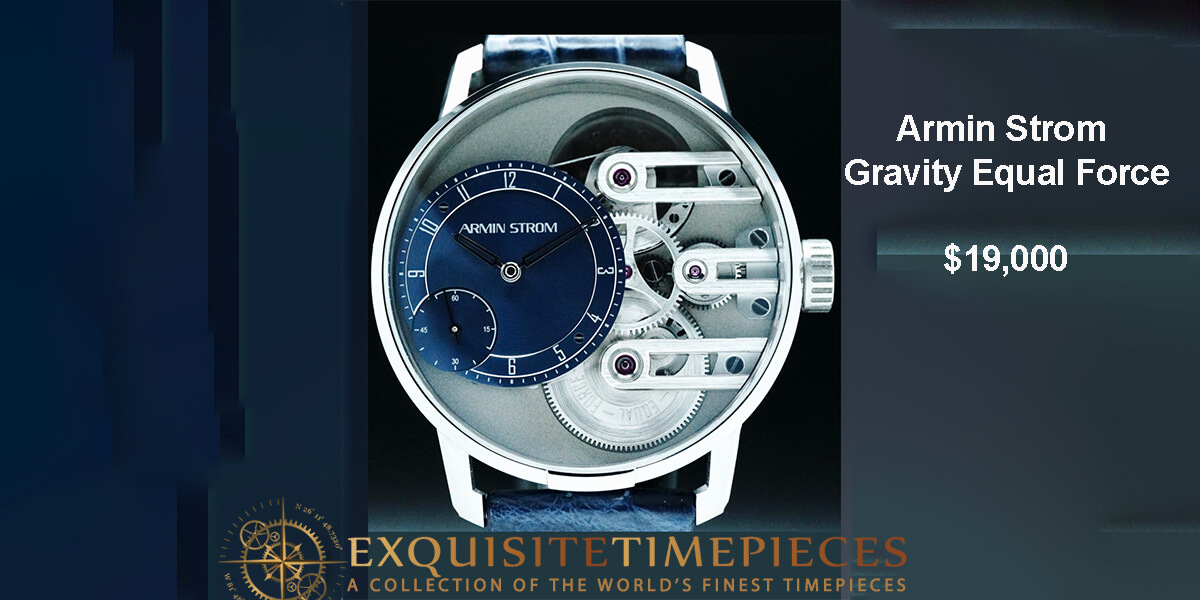


Thanks for sharing this! I found your information really helpful. Your explanations were easy to follow, and I appreciated how you explain it was very informative and useful. Keep the posts coming! Very good talent.
Hi Akhil, many thanks. glad you enjoyed it.